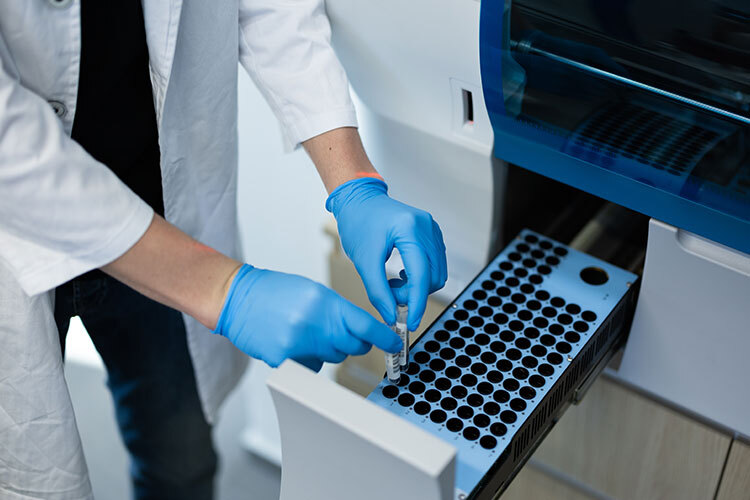Diabetes is the second highest cause of death in Mexico and around 50% of people with the condition don’t even know they have it. That’s why it’s considered a silent disease.
Owing to its complications, it’s a costly condition too. In fact, the National Institute of Statistics and Geography (INEGI) estimates that 17 billion dollars per year is spent on diabetes in Mexico.
What’s more, the conventional methods currently used to detect diabetes are intrusive. As blood needs to be extracted to take samples, this means patients having to do so on an empty stomach and waiting for a couple of hours in a doctor’s office. Detection periods are also very short or very long.
According to Mirna González, a researcher from Tec de Monterrey’s Institute for Obesity Research, glucose tests can be manipulated because patients tend to eat healthily in the days before them −very differently to the way they normally do− which gives different results.
“As current methods are invasive and require fasting, we don’t have a method that enables us to do interim monitoring. So, we’re proposing novel methods,” says González.
DiabeTec: A New Alternative
The first method developed by the DiabeTec initiative uses saliva to detect the molecule 1,5 Anhydroglucitol (1,5 AHG), which is similar to glucose.
“The difference is that it is inversely proportional to glucose in the body. So, glucose is high and AHG is low if someone is diabetic,” explains the scientist.
For this investigation, they collected saliva samples from several people, which were treated to remove the sugar that can interfere with results. Finally, the sample is illuminated with a special light source.
“The concept is about offering a needle-free and painless technology that doesn’t require fasting either, so samples can be taken at any time. That enables us to know if patients have normal 1,5 AHG levels. What’s more, it’s less wasteful,” she explains.
For instance, they predict that this type of sample will cost 600 pesos and have a detection period of 48 hours to two weeks.
Other Solutions
However, as González’s team realized that not all laboratories have luminescence equipment, the researchers have considered other options.
One of these is colorimetric analysis of saliva samples, developed by Tec graduate researcher Alonso Ornelas. This works by means of an enzymatic platform, which can also detect molecules other than 1,5 AHG, such as uric acid and galactose, a simple sugar.
One of the other detection methods they have developed is paper-based colorimetric sensing, developed by biomedical engineer Fernando Torres. This is a paper-based microfluidic platform that changes color in the presence of the molecule.
“Afterwards, we realized we had overlooked the pH effect in saliva, but it’s very important, especially when we’re working with enzymes. We need to check that the samples have the right pH levels so that we can analyze them,” explains González.
<!–[if lte IE 8]>
<![endif]–> hbspt.cta.load(5092991, ‘2c58ad21-0b81-4245-a63c-00792bd02bdf’, {“useNewLoader”:”true”,”region”:”na1″});
hbspt.cta.load(5092991, ‘2c58ad21-0b81-4245-a63c-00792bd02bdf’, {“useNewLoader”:”true”,”region”:”na1″});


















